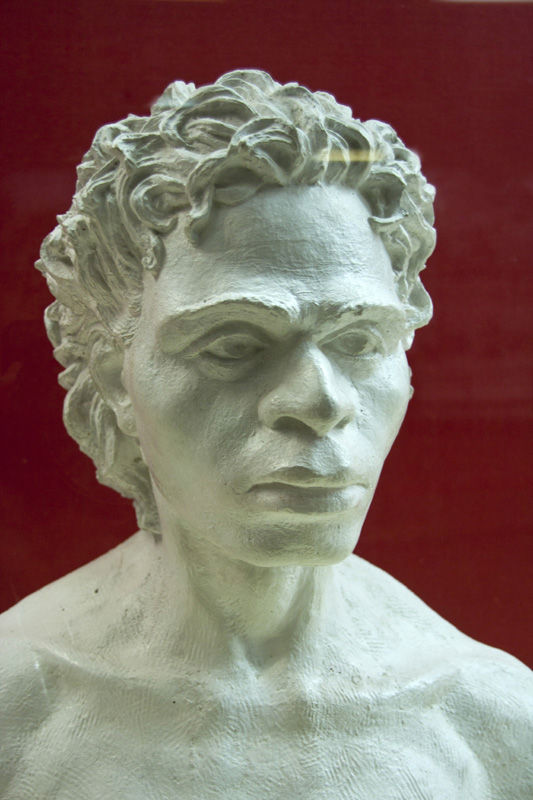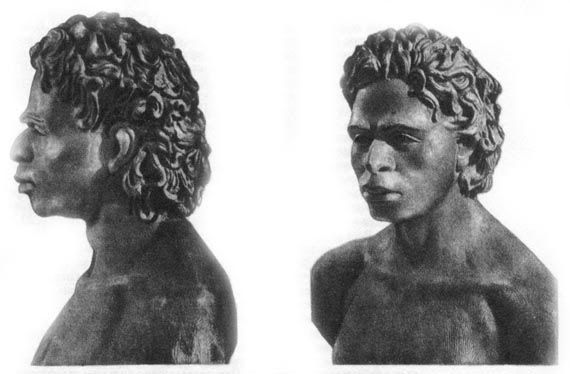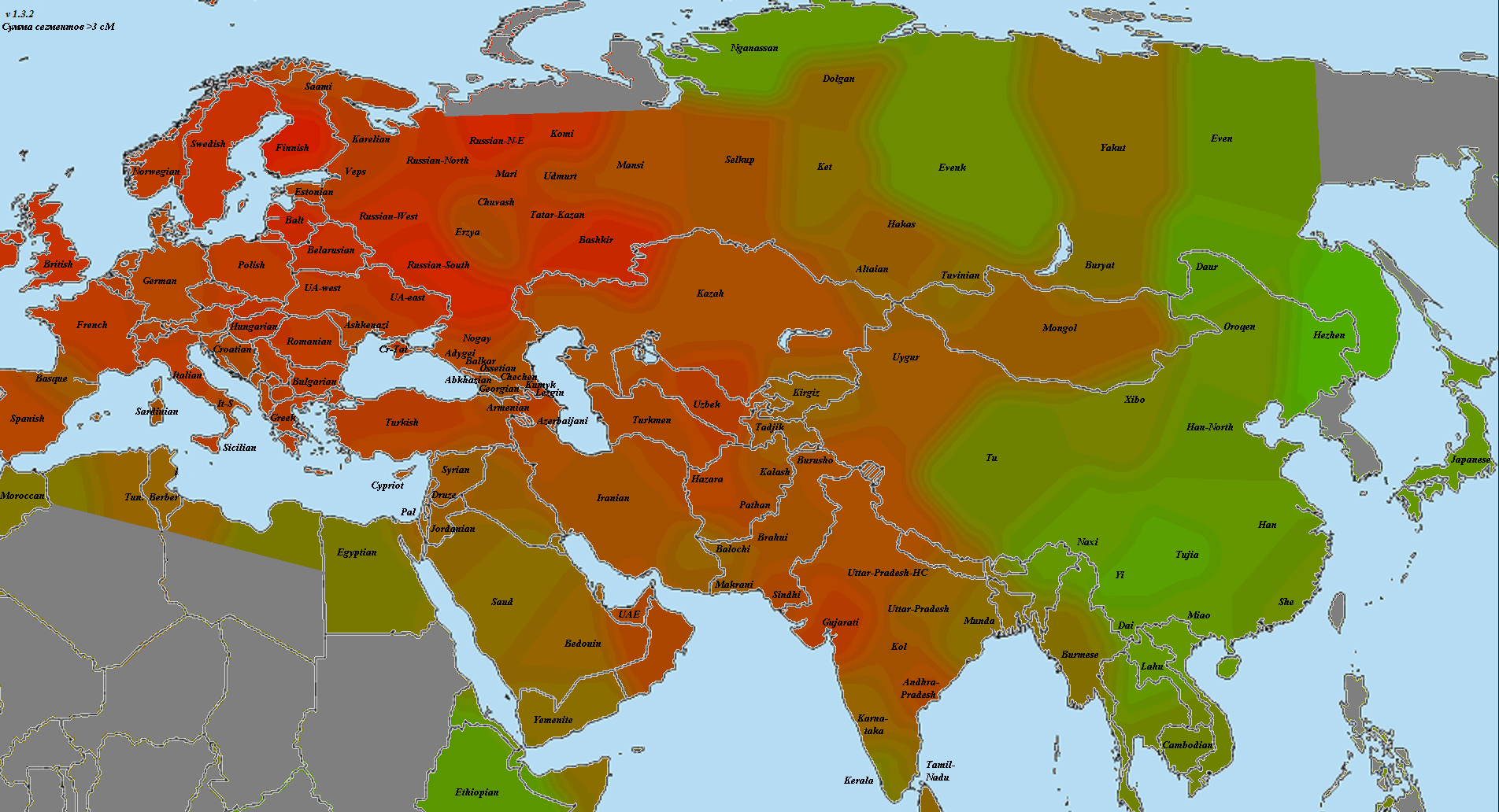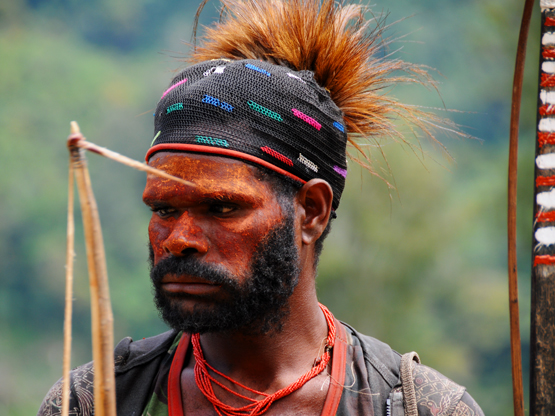Tomenable
Elite member
- Messages
- 5,419
- Reaction score
- 1,337
- Points
- 113
- Location
- Poland
- Ethnic group
- Polish
- Y-DNA haplogroup
- R1b-L617
- mtDNA haplogroup
- W6a
SS-Oberscharführer Otto Kulessa:
http://www.bergenbelsen.co.uk/pages/Database/DatabaseStaff.asp
More photos: http://www.bergenbelsen.co.uk/pages/Staff/Staff.asp?CampStaffID=62&Submit=View

^^^ IMO, he looks quite similar to Paleolithic Kostenki14:

Otto Kulessa was a German citizen, born in Rastenburg, East Prussia, in 1892. He was conscripted into the German Army in May 1944, at the age of 51, and in September of that year was transferred to the SS, which was a very common occurrence at that late stage in the war (...)
http://www.bergenbelsen.co.uk/pages/Database/DatabaseStaff.asp
More photos: http://www.bergenbelsen.co.uk/pages/Staff/Staff.asp?CampStaffID=62&Submit=View

^^^ IMO, he looks quite similar to Paleolithic Kostenki14:







